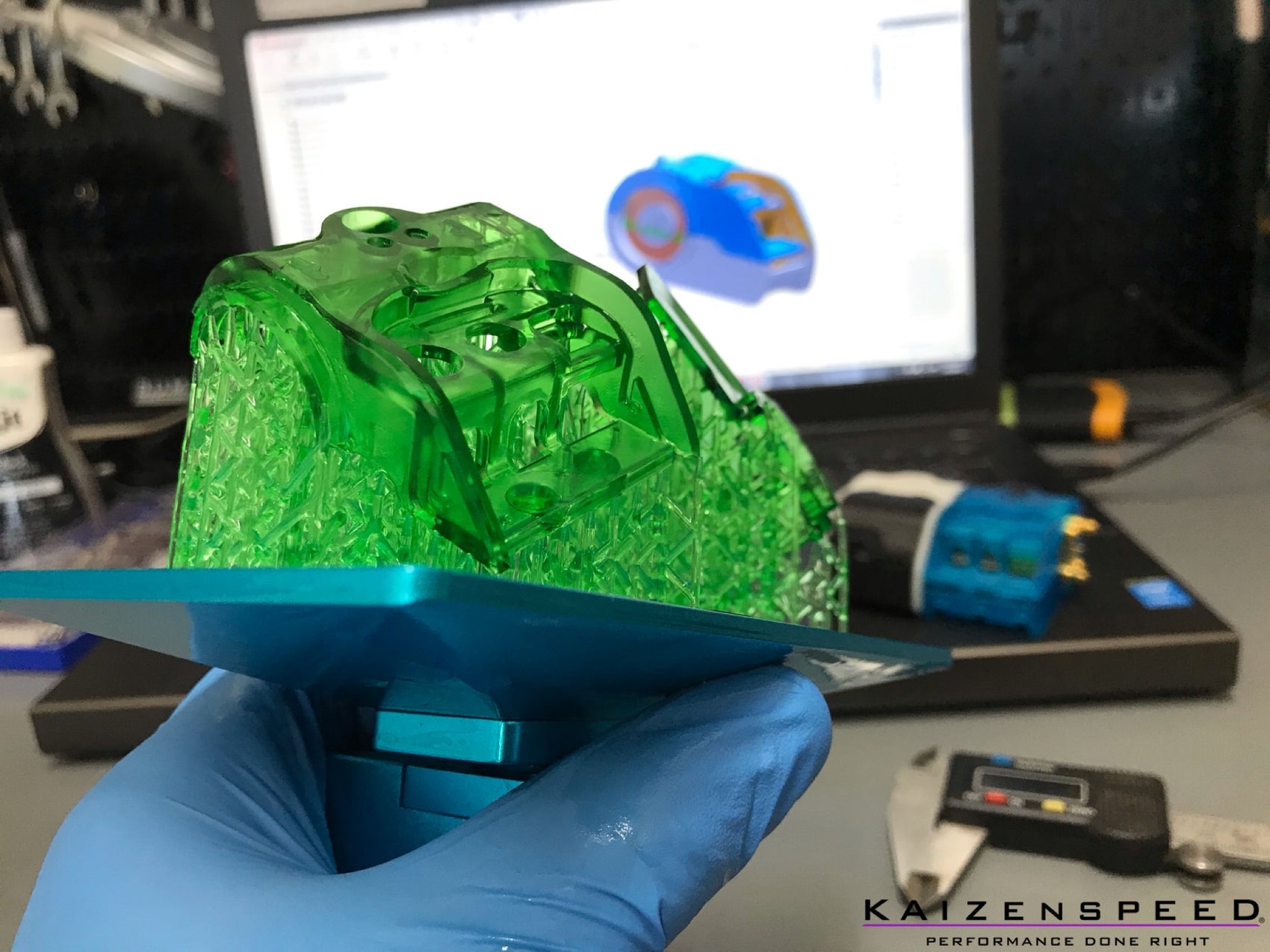The first seed of this idea sprouted in 2016. I needed a way to communicate the idea of interconnecting relays to our CAD designer/mechanical engineer. I’ve worked with engineers long enough to know that they’re going to design exactly what you explain to them and nothing more. So I cooked up a visual aid with some pink Playdough, a fuse, and a couple screws.
The concept was simple: build a relay that shared electrical connections internally so you could gang relays together quickly and cleanly without wire splicing.

(When I need to communicate a concept quickly, I use clay!)
Fast forward a couple years and we have a rotational interlock, a weatherproof seal and functional prototypes. But why does it take so long?
Conceptualizing something is the easy part but modeling it to scale, and ultimately producing a physical part is what separates the men from the boys. The dimensions of our first enclosure were picked from thin air and we used those design constraints for our first PCB outline. Turns out it was too small and we eventually ended up with something much larger. That process took us about six months from concept to functioning PCB. Granted, we're working on many other projects and also running our dyno tuning business but it never ceases to amaze me how long these things take!
(The V1 interlock design only allowed rotation in one direction and required removal from its mounting point to attach a second relay)
I'm sharing this information because I want our potential clients to understand that we won't be releasing this product until we're confident that it meets and exceeds our design criteria and will stand the test of time! As of the time of this writing we're just finishing up our V3 PCB (V1 couldn't handle the load and V2 couldn't handle the frequency (it became laggy beyond 100Hz)). We're excited to see what the future brings, from race cars to overlanders the applications for the Kaizen Relay are unlimited!
-Reid Lunde


